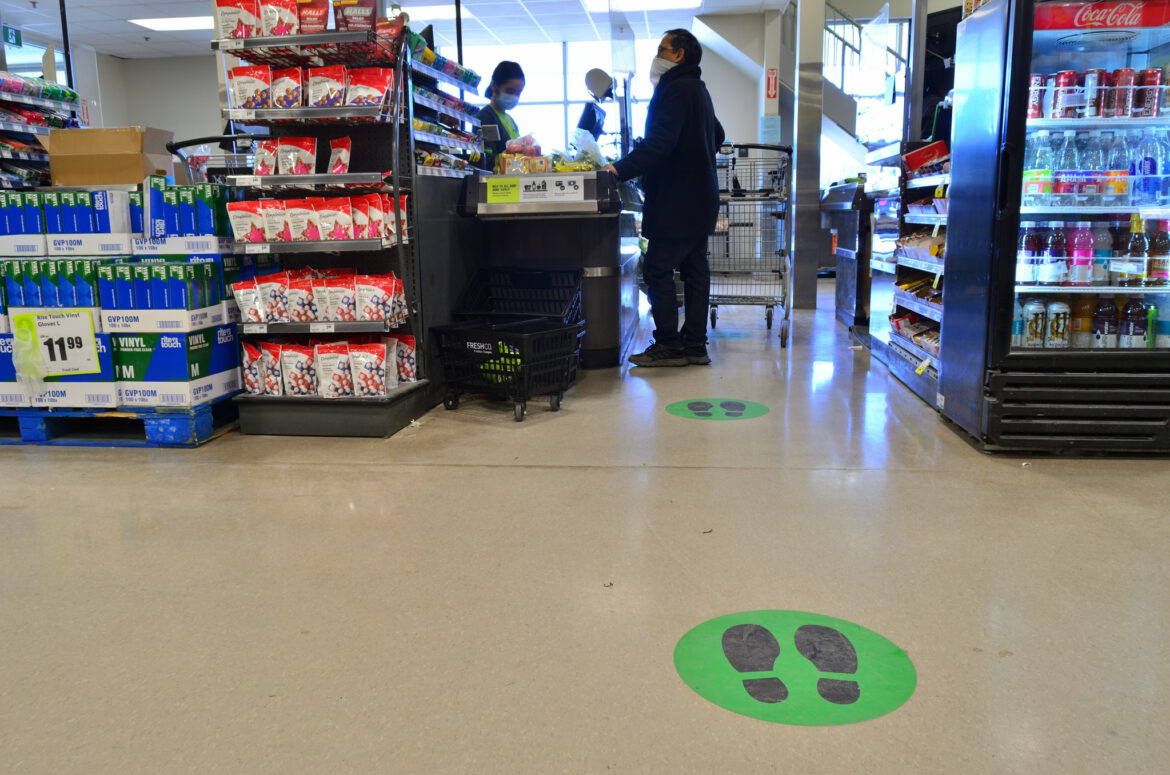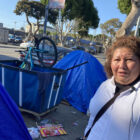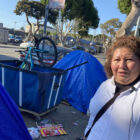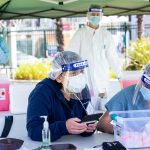California’s reopening last week meant most restrictions and practices to stop the spread of COVID-19 have been lifted. The state’s remaining restrictions pertain to mega-events, unvaccinated people, health care facilities and settings serving children, and the guidelines say little about social distancing. Epidemiologists and public health officials have been emphasizing vaccination as the best protective measure. Dr. Yvonne Maldonado, a professor of pediatrics – infectious diseases and of health research and policy at Stanford University, and Dr. Lee Riley, professor of infectious diseases at the School of Public Health in the division of infectious diseases and vaccinology at the University of California, Berkeley talked with “Civic” about the relative benefit of social distancing in concert with other prevention measures and under what circumstances distancing still makes sense.
“I do think individuals are going to have to judge for themselves, A, what’s their risk tolerance, and B, what is their risk perception in a given scenario. So for example: If I’m outside, going to a park or sitting outdoors for an entertainment event, and there are people around, but they’re not that close to me, I think I could probably be fine without a mask. But if I’m going to go inside to a bar, for example, I might be careful about how close I get to other people. Or if I’m close to other people, they’re going to be people that I know, and that I’m comfortable being around.”
— Yvonne Maldonado
“Different countries have different guidelines for the distance of the social distancing. They all seem to work with some level of social distancing. It may not be a matter of the actual distance, but when you institute this kind of guideline, people take other types of precautions and so they’re less likely to interact intimately. And if you have any sort of guidelines like that, social distancing guidelines, these other factors may be contributing to the interruption of transmission.”
— Lee Riley
A segment from our radio show and podcast, “Civic.” Listen at 8 a.m. and 6 p.m. Tuesdays and Thursdays at 102.5 FM in San Francisco, or online at ksfp.fm, and subscribe on Apple, Google, Spotify or Stitcher.










